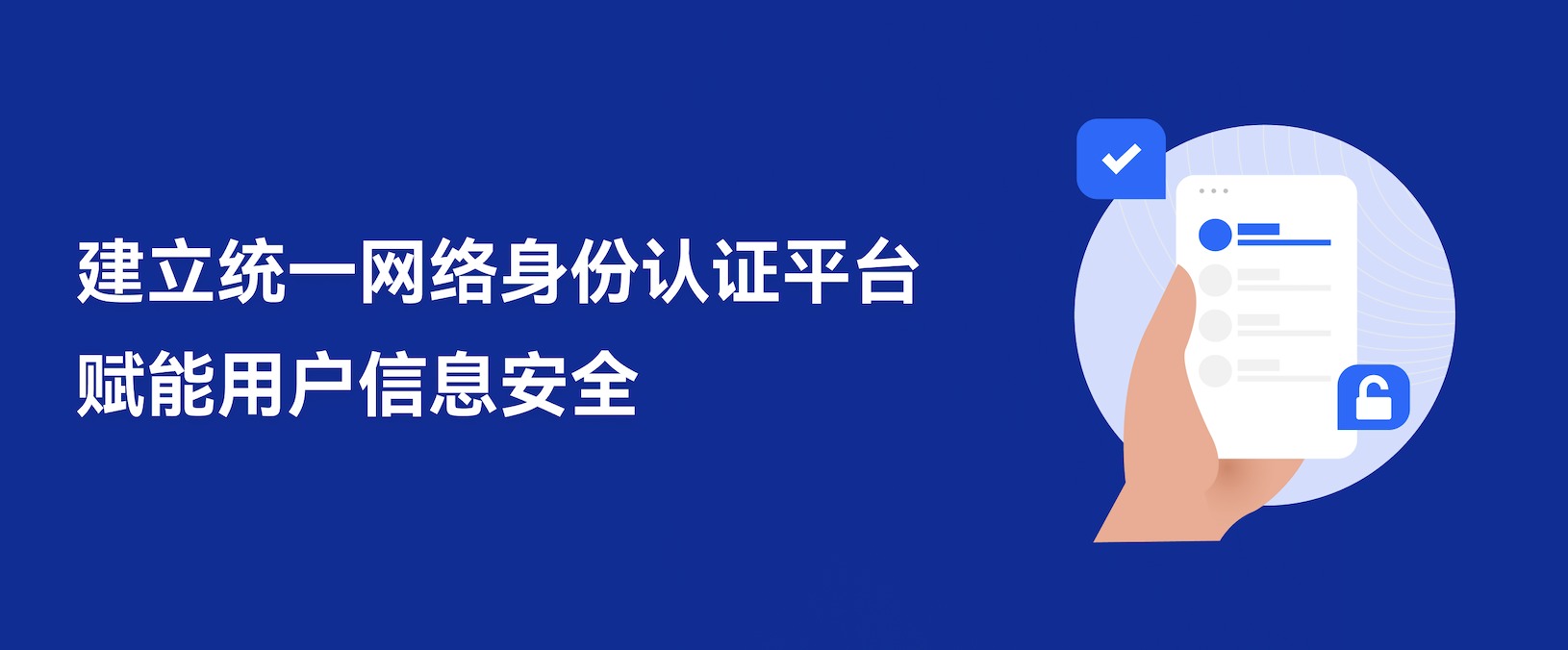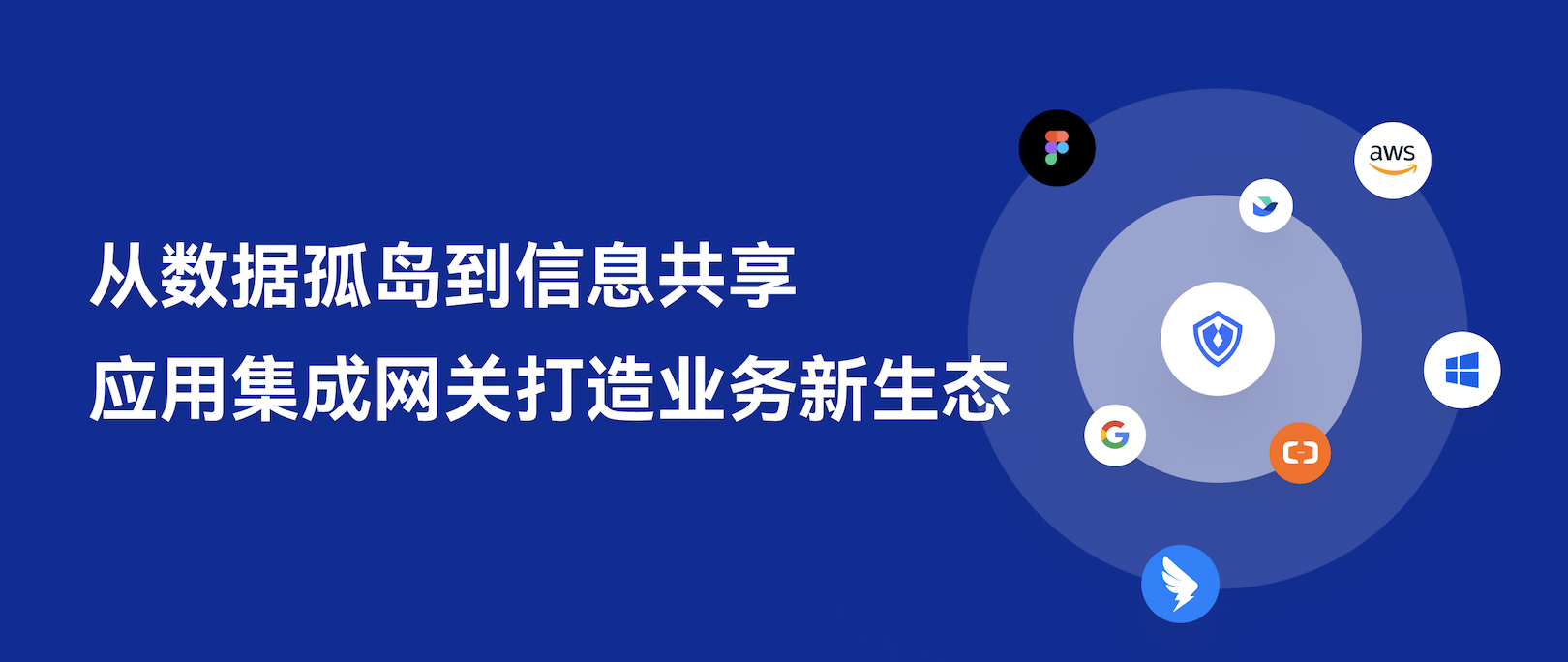springboot跨域请求解决方案+前后端分离跨域问题其他解决方案
如今的这个生态圈百花齐放,前后分离开始热门起来了,前端也要MVC了,那么你最常碰到的问题是什么?跨域请求会不会在你的问题名单中?这里有有张摘自网络的图片简述跨域问题SpringBoot跨域请求1、直接采用SpringBoot的注解@CrossOrigin2、处理跨域请求的ConfigurationCrossOriginConfig.javaimport org.springfr...
·
如今的这个生态圈百花齐放,前后分离开始热门起来了,前端也要MVC了,那么你最常碰到的问题是什么?跨域请求会不会在你的问题名单中?
这里有有张摘自网络的图片
简述跨域问题
SpringBoot跨域请求
1、直接采用SpringBoot的注解@CrossOrigin
Controller层在需要跨域的类或者方法上加上该注解即可。
2、处理跨域请求的Configuration
CrossOriginConfig.java
继承WebMvcConfigurerAdapter或者实现WebMvcConfigurer接口
import org.springframework.context.annotation.Configuration;
import org.springframework.web.servlet.config.annotation.CorsRegistry;
import org.springframework.web.servlet.config.annotation.WebMvcConfigurerAdapter;
/**
* AJAX请求跨域
* @author Mr.W
* @time 2018-08-13
*/
@Configuration
public class CorsConfig extends WebMvcConfigurerAdapter {
static final String ORIGINS[] = new String[] { "GET", "POST", "PUT", "DELETE" };
@Override
public void addCorsMappings(CorsRegistry registry) {
registry.addMapping("/**").allowedOrigins("*").allowCredentials(true).allowedMethods(ORIGINS)
.maxAge(3600);
}
}
3、采用过滤器的方式
@Component
public class CORSFilter implements Filter {
@Override
public void doFilter(ServletRequest request, ServletResponse response, FilterChain chain)
throws IOException, ServletException {
HttpServletResponse res = (HttpServletResponse) response;
res.addHeader("Access-Control-Allow-Credentials", "true");
res.addHeader("Access-Control-Allow-Origin", "*");
res.addHeader("Access-Control-Allow-Methods", "GET, POST, DELETE, PUT");
res.addHeader("Access-Control-Allow-Headers", "Content-Type,X-CAF-Authorization-Token,sessionToken,X-TOKEN");
if (((HttpServletRequest) request).getMethod().equals("OPTIONS")) {
response.getWriter().println("ok");
return;
}
chain.doFilter(request, response);
}
@Override
public void destroy() {
}
@Override
public void init(FilterConfig filterConfig) throws ServletException {
}
}
- 方式二
引入maven依赖:
<dependency>
<groupId>io.projectreactor</groupId>
<artifactId>reactor-core</artifactId>
<version>RELEASE</version>
</dependency>
import org.springframework.context.annotation.Bean;
import org.springframework.context.annotation.Configuration;
import org.springframework.http.HttpHeaders;
import org.springframework.http.HttpMethod;
import org.springframework.http.HttpStatus;
import org.springframework.http.server.reactive.ServerHttpRequest;
import org.springframework.http.server.reactive.ServerHttpResponse;
import org.springframework.web.cors.reactive.CorsUtils;
import org.springframework.web.server.ServerWebExchange;
import org.springframework.web.server.WebFilter;
import org.springframework.web.server.WebFilterChain;
import reactor.core.publisher.Mono;
/**
* @author JiaweiWu
* @create 2018/3/22.
*/
@Configuration
public class RouteConfiguration {
//这里为支持的请求头,如果有自定义的header字段请自己添加(不知道为什么不能使用*)
private static final String ALLOWED_HEADERS = "x-requested-with, authorization, Content-Type, Authorization, credential, X-XSRF-TOKEN,token,username,client";
private static final String ALLOWED_METHODS = "*";
private static final String ALLOWED_ORIGIN = "*";
private static final String ALLOWED_Expose = "*";
private static final String MAX_AGE = "18000L";
@Bean
public WebFilter corsFilter() {
return (ServerWebExchange ctx, WebFilterChain chain) -> {
ServerHttpRequest request = ctx.getRequest();
if (CorsUtils.isCorsRequest(request)) {
ServerHttpResponse response = ctx.getResponse();
HttpHeaders headers = response.getHeaders();
headers.add("Access-Control-Allow-Origin", ALLOWED_ORIGIN);
headers.add("Access-Control-Allow-Methods", ALLOWED_METHODS);
headers.add("Access-Control-Max-Age", MAX_AGE);
headers.add("Access-Control-Allow-Headers", ALLOWED_HEADERS);
headers.add("Access-Control-Expose-Headers", ALLOWED_Expose);
headers.add("Access-Control-Allow-Credentials", "true");
if (request.getMethod() == HttpMethod.OPTIONS) {
response.setStatusCode(HttpStatus.OK);
return Mono.empty();
}
}
return chain.filter(ctx);
};
}
}
前后分离的跨域问题其他解决方案
Nginx服务器反向代理
通过反向代理服务器监听同端口,同域名的访问,不同路径映射到不同的地址,比如,在nginx服务器中,监听同一个域名和端口,不同路径转发到客户端和服务器,把不同端口和域名的限制通过反向代理,来解决跨域的问题。
server {
listen 80;
server_name abc.com;
#charset koi8-r;
#access_log logs/host.access.log main;
location /client { #访问客户端路径
proxy_pass http://localhost:81;
proxy_redirect default;
}
location /apis { #访问服务器路径
rewrite ^/apis/(.*)$ /$1 break;
proxy_pass http://localhost:82;
}
}
或者直接在Nginx中进行配置
location / {
add_header Access-Control-Allow-Origin *;
add_header Access-Control-Allow-Headers X-Requested-With;
add_header Access-Control-Allow-Methods GET,POST,PUT,DELETE,OPTIONS;
if ($request_method = 'OPTIONS') {
return 204;
}
}
更多推荐
 已为社区贡献1条内容
已为社区贡献1条内容










所有评论(0)